What is Kimberlite, you ask? Many people have never heard of it, but I am completely smitten with Kimberlite. Why? Because Kimberlite is one of the only known rock that bears diamonds (other than lamproite, which has a significantly less occurrence of diamonds in it.)
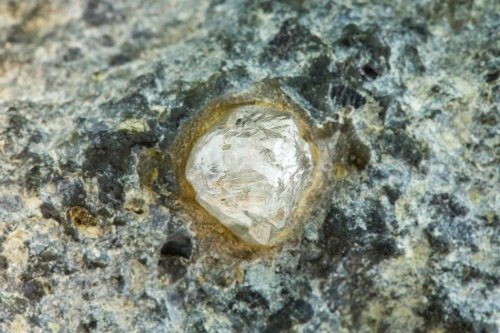
I am an amateur rockhound and geologist, but little by little, I am learning about what this amazing earth has to offer us. I have become infatuated with raw diamonds as their value can be 10-100x more than gold in comparison to size! Also, many places that offer gold prospecting could also have diamond. So why not kill two birds with one stone!
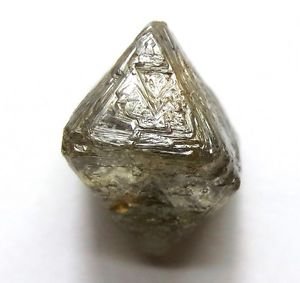
A raw diamond has a pyramid like habit.
What is Kimberlite?
Kimberlite is an igneous rock that forms when magma cools. What I find to be fascinating is that Kimberlite is a conglomeration of many rocks, pebbles, cobbles and minerals that become mish-mashed together as the magma erupts through the earth's crust. Therefore, Kimberlite is a hybrid rock.
Kimberlite often gets overlooked because it decomposes quickly and leaves all the cobbles and minerals behind. Many geologists mistake Kimberlite deposits for placers because of the cobbles and pebbles it leaves behind.
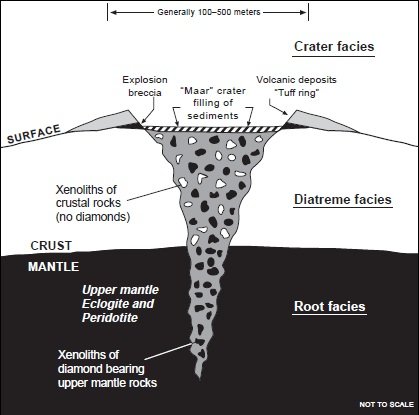
A Kimberlite pipe is the pipe of the volcano the descends into the earth and is shaped similar to a carrot. The Kimberlite magma originated from 100 - 200 miles into the earth.
How to find a Kimberlite
What I find particularly interesting is that there are hundreds of undiscovered Kimberlites in the northwest region of America, namely Colorado, Wyoming, Montana, Idaho, and Utah. Many Kimberlites get misidentified as a crater because of the depression it makes into the earth.
When looking for a Kimberlite, anamolous vegetation occurs. You may find a rounded opening in the woods where trees will not grow. The ground may be sunken in a little and could hold some water.
If you find this type of depression, remove some grass and look for Blue Ground.
When Kimberlite decomposes, blue ground is formed, and could be rich with diamond! However, not all Kimberlites have diamond! Take samples and see what you can find.
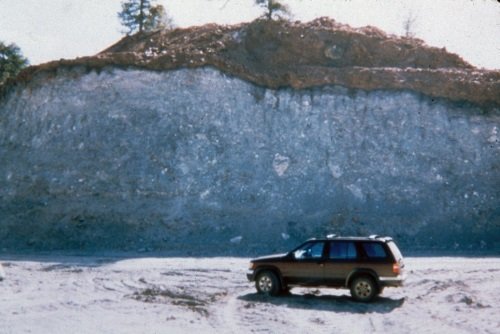
Another way to find Kimberlites is to look for indicator minerals in streams and creekbeds. One indicator mineral is Diopside and is a beautiful gem. Another is Pyrope Garnet. These always occur in Kimberlite and if you find these minerals you are within 1-2 miles of the Kimberlite. Detect where these minerals came from in the stream and follow it.
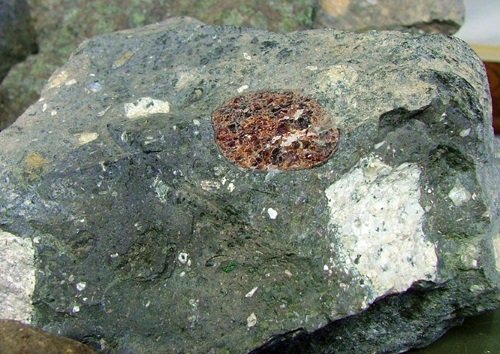
Pyrope Garnet indicator mineral in Kimberlite
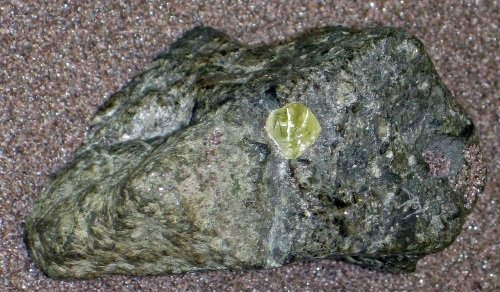
Diopside indicator mineral in Kimberlite
You can also find raw diamond in runoff of the Kimberlite downstream, which makes this ideal for finding diamond when panning for gold.
In Conclusion
It takes time and research to be able to identify a Kimberlite. Field work and looking at materials online will help you greatly. Most people will never encounter a raw diamond or Kimberlite in their lifetime, so it is important to train yourself to look for these.
Many armchair geologists and USGS politicians say that all of our mineral resources have been found. No more gold or diamond to find. This is a bunch of BS!!! So much red tape and beaurocracy has shut down mines and expeditions before they can even take samples. This means there are millions of carats of diamonds and billions of ounces of gold out there still waiting to be discovered. But the only way to find them is to know what to look for and do your due diligence of research before hitting the field.
Happy Prospecting!
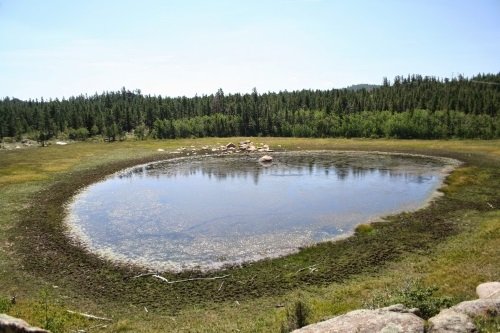

Very cool stuff! You got my treasure hunting juices flowing.
Good luck if you go out looking for diamonds or gold. :)
One day, I will. I am planning an expedition in Wyoming next summer, I hope! My treasure hunting juices are always flowing.
You should try and find Forest Fenn's treasure while you are up there. :)
https://en.wikipedia.org/wiki/Fenn_treasure
Oh wow, I've never heard of it!
Yep over 2 million worth of gems,gold, and artifacts are still hidden today.
I think I know where its at. :)
Oh yeah? Pray tell!
The words are the clues he revealed.

The map is where it could be.
I think it is way north. :)
Wow, this is interesting and useful information. I never heard about this rock. I just found out now.
I read your article. Thanks for your information.
I like your article.
Have a good day @queenmountain
I thought that woody rocks were just coal. It is sometimes good to read articles on the steemit.
That makes no sense! Care to explain?